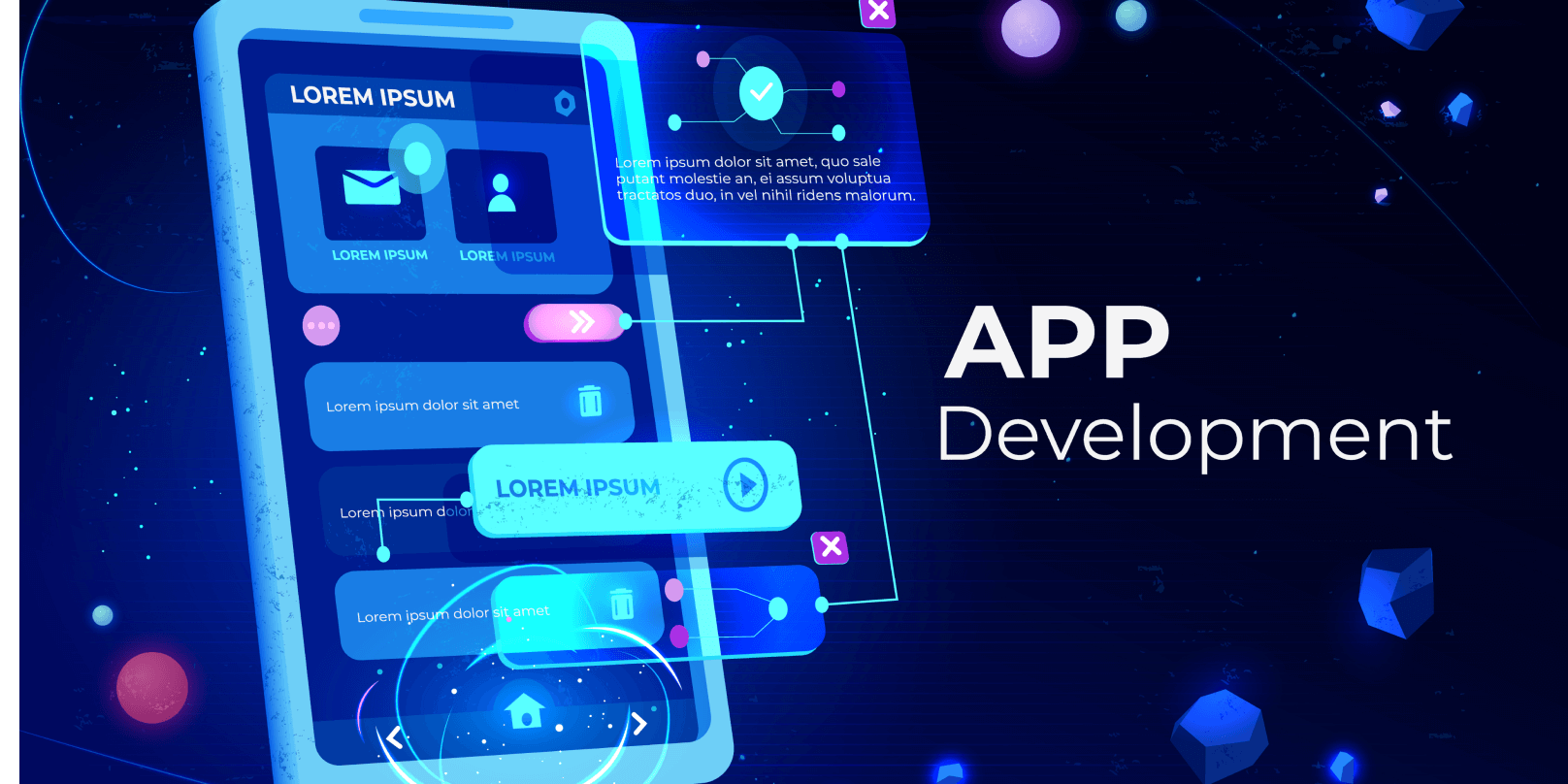 The world of mobile applications has exploded. From ordering food to managing finances, apps have become an integral part of our daily lives. This surge in popularity has fueled a thriving app development industry, transforming ideas into tangible tools that connect us, entertain us, and simplify our routines. But what exactly goes into creating a successful app? Let's explore the journey of app development, from initial concept to final release
The world of mobile applications has exploded. From ordering food to managing finances, apps have become an integral part of our daily lives. This surge in popularity has fueled a thriving app development industry, transforming ideas into tangible tools that connect us, entertain us, and simplify our routines. But what exactly goes into creating a successful app? Let's explore the journey of app development, from initial concept to final release
Every great app starts with an idea. This could be a solution to a problem, a novel entertainment concept, or a way to improve an existing service. However, an idea alone isn't enough. Thorough market research and validation are crucial. Understanding the target audience, identifying competitors, and assessing the potential demand are essential steps in determining whether an app idea has legs. This often involves surveys, focus groups, and analyzing existing market trends.
Once an idea is validated, the planning phase begins. This involves defining the app's core functionality, identifying key features, and creating a detailed roadmap for development. User experience (UX) and user interface (UI) design are paramount at this stage. UX focuses on how users interact with the app, ensuring a smooth and intuitive experience. UI focuses on the visual aesthetics, creating an attractive and engaging interface. Wireframes and prototypes are often used to visualize the app's structure and flow before moving into actual development.
This is where the magic happens. Developers use programming languages like Swift (iOS), Kotlin (Android), or cross-platform frameworks like React Native or Flutter to build the app. The development phase involves writing code, integrating APIs, and implementing the design elements. This is an iterative process, with regular testing and feedback loops to ensure the app functions as intended and meets the design specifications.
Before releasing the app to the public, rigorous testing is essential. This includes functional testing to identify bugs and ensure all features work correctly, usability testing to evaluate the user experience, and performance testing to assess the app's speed and stability. Quality assurance (QA) teams play a crucial role in this process, ensuring the app meets the required standards and provides a seamless user experience.
Once the app has passed all testing phases, it's ready for deployment. This typically involves submitting the app to app stores like Apple's App Store or Google Play Store. The launch process often includes marketing and promotional activities to generate awareness and drive downloads.
The journey doesn't end with the app's release. Post-launch maintenance is crucial for addressing bugs, improving performance, and adding new features based on user feedback. App analytics are used to track user behavior and identify areas for improvement. Regular updates and maintenance are essential for keeping the app relevant and competitive in the ever-evolving mobile landscape.
App development can be challenging. It requires a diverse skill set, from coding and design to marketing and project management. Competition is fierce, and staying ahead of the curve requires continuous learning and adaptation. However, the rewards can be significant. A successful app can reach millions of users, solve real-world problems, and generate substantial revenue.
The app development landscape is constantly evolving, with new technologies and trends emerging regularly. Artificial intelligence (AI), augmented reality (AR), and virtual reality (VR) are just some of the technologies that are shaping the future of app development. As mobile technology continues to advance, the possibilities for creating innovative and impactful apps are endless. The journey from idea to reality may be complex, but the potential rewards make app development a compelling and exciting field to be a part of.
Vulnerability Assessment & Penetration Testing (VAPT): Identify and exploit weaknesses in your web application through simulated attacks, revealing potential vulnerabilities before malicious actors do. This proactive approach strengthens your defenses..
Web Application Firewall (WAF) & Secure Coding: Shield your application from attacks like SQL injection and XSS with a WAF, while implementing secure coding practices during development to prevent vulnerabilities from the start.This layered security approach provides comprehensive protection
Data Security & Incident Response: Encrypt sensitive data and establish robust backup/recovery plans to protect against data breaches.Develop an incident response plan to effectively manage security incidents and minimize damage. This ensures data integrity and business continuity.
API integration connects two or more software applications, allowing them to exchange data and functionality. This enables different systems to work together seamlessly, automating processes and sharing information.
Network virtualization creates a software-defined layer over physical network hardware, allowing you to create, manage, and control virtual networks independently of the underlying physical infrastructure. This improves flexibility, scalability, and efficiency.
Application development is the process of designing, building, testing, and deploying software applications. 1 These applications can range from simple mobile apps to complex enterprise systems, designed to fulfill specific user needs or business requirements
© 2025 - All Rights Reserved - Designed by